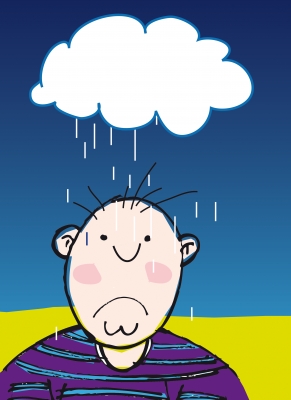Setting up the mood in a scene requires the right words, but it also requires a setting that can boost your mood impact.
Think of all of the scary movies where the heroine is walking down the dark basement stairs and someone is waiting there. We are all screaming, ‘No! Don’t go down there!” Of course she doesn’t listen.
Then there is the moan of old stairs. The electricity goes out. The music or noises send shivers up your spine.
Is this by accident? Absolutely not.
How about the moment when the hero is going to propose? The candle light, roses, and soft music. Warmth and light fill the scene with a building sense of joy.
All of these tricks are used by movies every day. We should use these tricks in our writing as well.
5 Tips To Brainstorming Setting That Creates Greater Mood Impact:
1. Brainstorm a list of locations in your story where a scene could take place. Write freely with no censure. You may not use them all, but you might be amazed at the ideas you come up with. For example, why would you want to know about the old saw mill? Because it is a great place for a villain to hide out, or a great place for the hero or heroine to have some history that would feed into a mood.
2. Next to each brainstormed location, write down the moods that would work best at that location. For example, a church might be great for happiness wedding style, or grief and despair. Write a few possible emotions for each one.
3. For each location write down objects in that scene to support each mood you have listed. A character will notice certain things based on their mood. Adding objects that reflect the mood of the scene or the character’s emotions can build a powerful impact.
For example, in the movie Twister in the barn scene at the end of the movie the heroine is trying to escape the tornado that is headed right for them. She throws open the barn door and sees all of the sharp barn tools swaying with the wind. That creates a sense of foreboding for the scene.
4. Connect each of the objects to one of the senses in a way that reflects mood. If we were creating a fearful mood than we might have the following:
~Visual: The dark shadows that danced among the trees
~Sound: Howl of the wind (like a wolf or predator)
~Touch: The chill of sleet slashing against the face
~Smell: wet earth (like a grave smell)
~Taste: metallic
5. Match the mood settings you’ve brainstormed with scenes in your novel. Start with the most important scenes for emotional punch. Those should get first dibs on the scene settings. Try to keep the most powerful scenes in their own mood setting. Don’t turn a fearful place into a happy place. You could turn grief to joy without any trouble in a church, but some settings don’t double dip well.
Summary:
Creating mood impact in your scenes is as simple as brainstorming the mood components. Try the five steps above and watch it revolutionize your scenes and build mood impact in a powerful way.
***
 Our Huddle Coach, Michelle Lim semi-finaled in the 2011 Genesis with Death’s Apprentice and received Bronze Medal Recognition in the 2010 Frasier contest with Singed. She is the vice president of MN N.I.C.E., a local chapter of ACFW. At My Book Therapy she coordinates the e-zine’s Genre Java Column and is the Brainstorm and Huddle Coach,our program for local craft groups. Michelle taught elementary school for eleven years. She lives in Minnesota with her husband Hui Hong and four rambunctious kids that keep her life full of laughter and suspense. Contact her at: huddles@mybooktherapy.com.
Our Huddle Coach, Michelle Lim semi-finaled in the 2011 Genesis with Death’s Apprentice and received Bronze Medal Recognition in the 2010 Frasier contest with Singed. She is the vice president of MN N.I.C.E., a local chapter of ACFW. At My Book Therapy she coordinates the e-zine’s Genre Java Column and is the Brainstorm and Huddle Coach,our program for local craft groups. Michelle taught elementary school for eleven years. She lives in Minnesota with her husband Hui Hong and four rambunctious kids that keep her life full of laughter and suspense. Contact her at: huddles@mybooktherapy.com.

Comments 2
Great thots, Michelle! 🙂
Now how did you know this is EXACTLY what I needed right now?
Thanks.